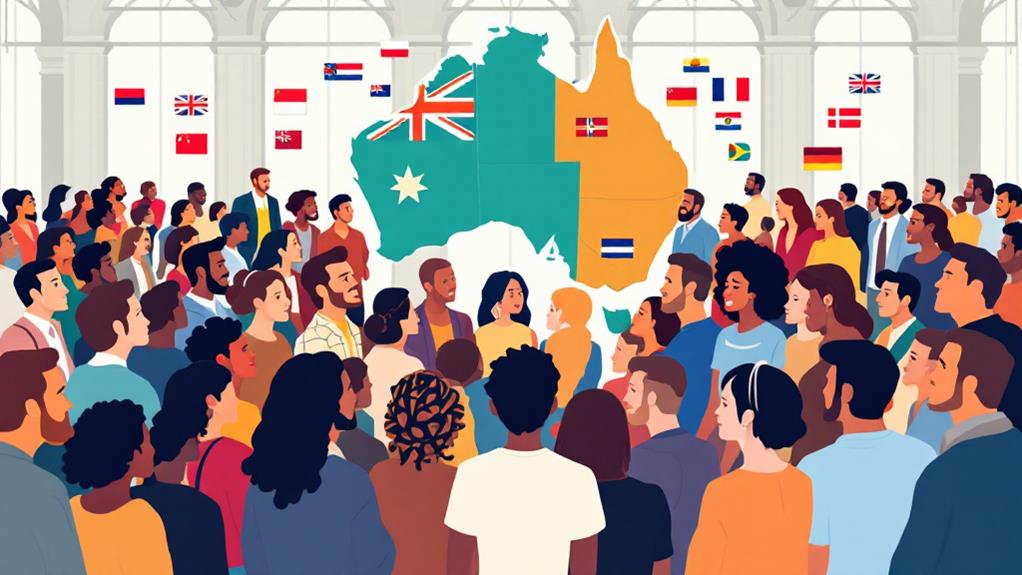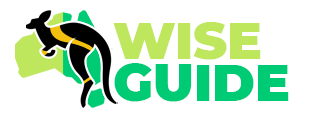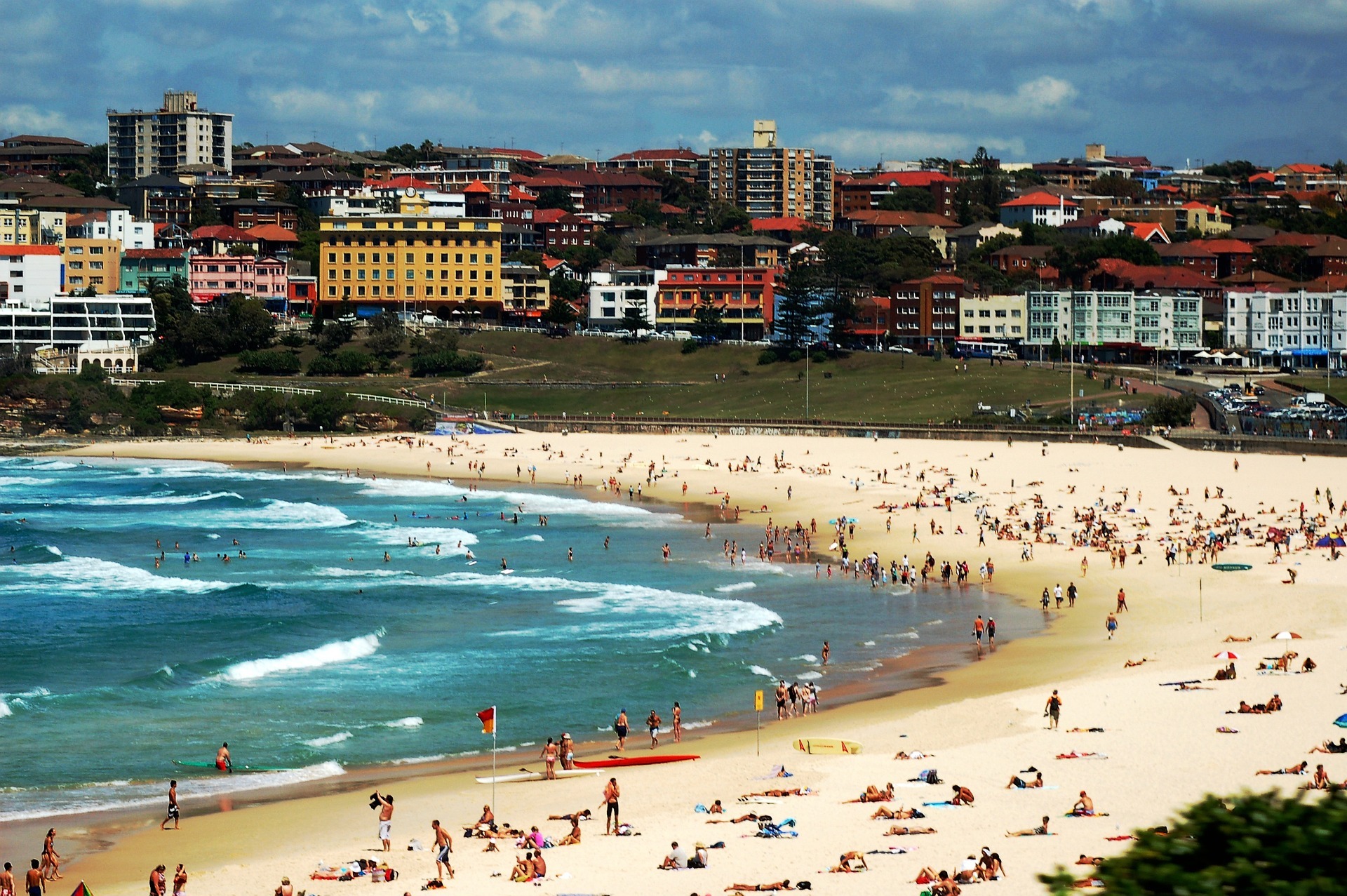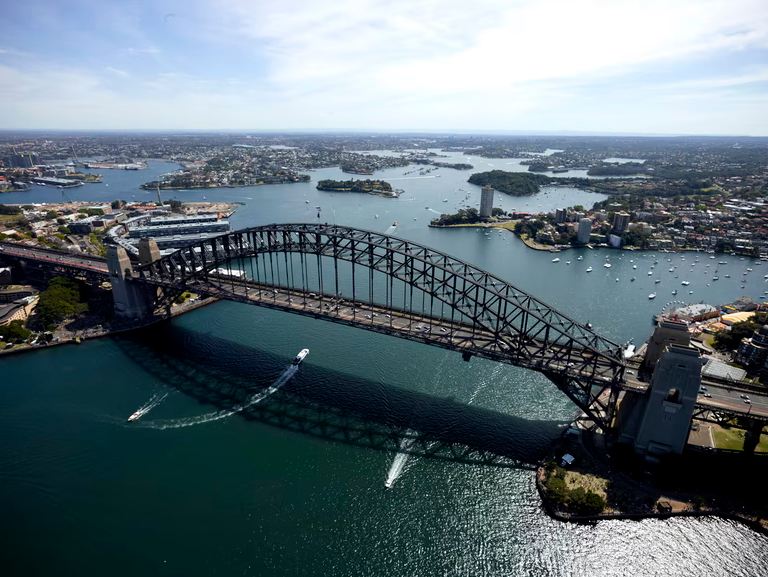What Language Is Spoken in Australia? Exploring the Country’s Official Language

In Australia, English is your go-to language for education, government, and business as it serves as the de facto national language. It dominates everyday communication and is vital for anyone integrating into Australian society. However, you'll find that the country isn't just monolingual; it's a blend of 250 unique Indigenous languages, though only about 120 to 170 are actively spoken today. The government supports this linguistic diversity through translation services and educational initiatives. If you're keen on discovering how Australia's population navigates this multilingual environment and the efforts to preserve Indigenous languages, there's more to investigate.
English as the Primary Language
English serves as the primary language in Australia, with around 73% of the population speaking it as their initial language. It stands as the de facto national language, playing a significant role in education, government, commerce, and legal systems. When you arrive in Australia, you'll notice that English is the medium of instruction in schools and universities, guaranteeing a standardized educational experience. In government offices and legal contexts, English is necessary to carry out official business and legal proceedings effectively.
For immigrants, acquiring proficiency in English is imperative. Basic English skills are not only required for visa applications but also for successful integration into Australian society. If you plan to work or study in Australia, you'll likely need to demonstrate your English proficiency. This requirement assures that you can communicate effectively and participate fully in the community.
Moreover, all official documents must be either in English or translated by accredited professionals. This policy secures clear and precise communication, which is fundamental for maintaining efficiency and fairness in legal and administrative matters. While English is the primary language, Australia's linguistic diversity remains a defining feature of its cultural landscape.
Indigenous Language Diversity
While English dominates as the primary language in Australia, the country's rich tapestry of Indigenous language diversity tells a different narrative. Over 250 Indigenous languages once thrived across the land, reflecting a profound cultural heritage within Australian Aboriginal communities. However, following European contact, this number dwindled dramatically, leaving approximately 120 to 170 languages actively spoken today. These languages form an essential part of Australia's identity and heritage.
In the 2021 Census, 167 Indigenous languages were reported as spoken at home by 76,978 Indigenous Australians. This statistic highlights the enduring presence and resilience of these languages within communities. Some of the significant Indigenous languages, like Yumplatok and Kriol, illustrate the dynamic blend of English with traditional Indigenous concepts, showcasing the adaptability and evolution of Australian Aboriginal languages over time.
Preservation and revitalization efforts are important, considering many Indigenous languages are endangered. Community engagement plays a significant role in these initiatives, ensuring that language diversity thrives for future generations. By embracing and supporting these languages, you contribute to sustaining not just words, but entire cultures rich in history and tradition. Every effort counts in keeping these linguistic gems alive.
Government Language Policies

Recognizing the cultural richness of Indigenous languages, the Australian Government has adopted policies that support linguistic diversity across the nation. While English is the de facto national language, it's not officially designated in that capacity. Instead, the government language policies emphasize the importance of maintaining and promoting the country's linguistic heritage. English remains vital for legal, educational, and administrative functions, serving as the primary language for most of the population.
To guarantee social integration and participation, immigrants must demonstrate basic proficiency in English to obtain visas. These requirements highlight the language's role in facilitating communication and unity across diverse communities. However, the government also acknowledges the need to support Indigenous languages. Translation assistance for these languages is often provided in government services, confirming that speakers can access significant information and services in their native tongue.
The National Accreditation Authority for Translators and Interpreters (NAATI) sets standards for translation and interpretation services. This guarantees accurate and effective communication across different languages within governmental contexts, further promoting inclusivity. By balancing the widespread use of English with the preservation and support of Indigenous languages, the government fosters a linguistically diverse environment.
Language in Education
In Australian education, the emphasis consistently rests on English as the primary medium of instruction. From early childhood through Year 12, the Australian Curriculum prioritizes English across all subjects. However, language education isn't limited to English alone. Schools offer a variety of languages, including Arabic, Auslan, Chinese, and Indigenous languages, promoting both linguistic diversity and a deeper multicultural understanding.
By integrating Indigenous languages into primary school curricula, you're not just learning new words but also fostering cultural awareness and respect for Aboriginal heritage. This exposure allows students to appreciate the rich tapestry of Australia's original cultures, enhancing comprehensive cultural literacy.
The approach to language education reflects a commitment to multilingualism, acknowledging that many students come from diverse language backgrounds. Educational policies encourage you to learn multiple languages during your schooling, which enriches your cognitive skills and broadens your global perspective.
It's interesting to note that Year 12 enrolments for language subjects vary widely across states and territories. These variations highlight the geographical and demographic influences on language education, showing how local contexts shape the language learning landscape in Australian schools.
Multilingual Population Insights

Australia's linguistic landscape is a tapestry of diverse languages, painting a vivid picture of its multicultural identity. While English is the official language of Australia, used by approximately 73% of the population as their primary language, the country's multilingual population reflects a rich blend of cultural backgrounds. As of 2021, around 22.8% of Australians, or 5.8 million people, speak a language other than English at home. This highlights the dynamic mix of languages spoken in Australia and underscores its multicultural society.
You'll find that Mandarin, Arabic, Italian, Vietnamese, and Greek are some of the most common non-English languages spoken across the nation. Mandarin speakers make up 2.5% of the population, with Arabic, Italian, Vietnamese, and Greek following closely. This linguistic diversity is an evidence of the country's growing migrant communities and their influence on Australia's cultural fabric.
Historically, over 250 Indigenous languages were spoken in Australia, though many are now endangered. Efforts are ongoing to revitalize these precious languages. The 2021 Census reported that 72% of Australians speak only English at home, but this figure continues to decline as migration and linguistic diversity rise.




